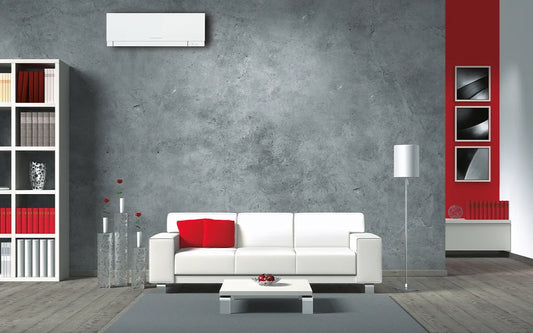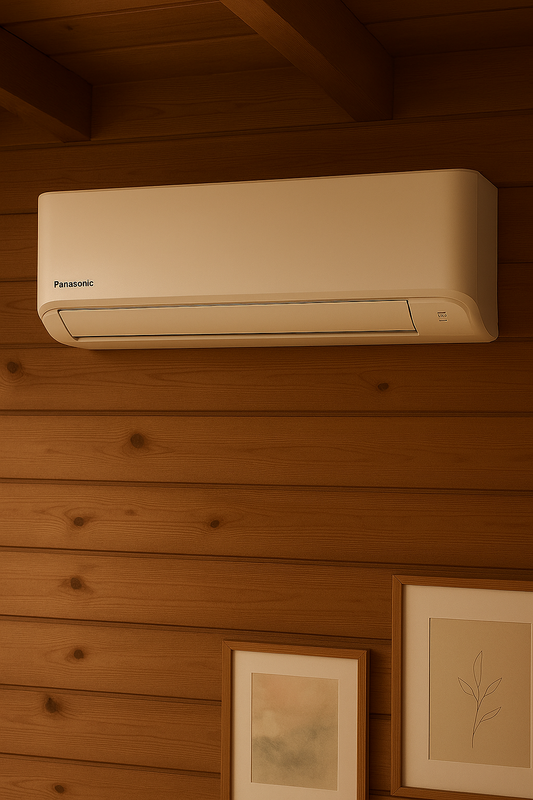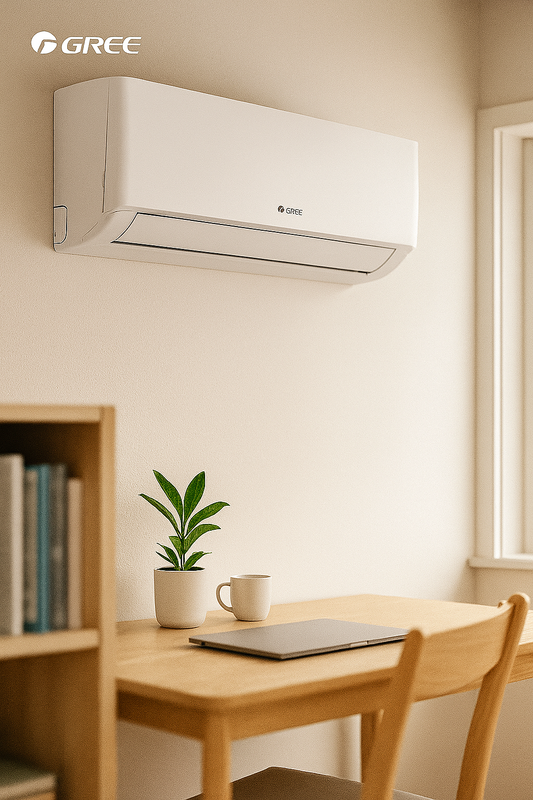Installera Luft Vatten Värmepump
Inledning
Att installera en luft vatten värmepump är ett effektivt sätt att minska energikostnaderna och värma upp ditt hem på ett miljövänligt sätt. I denna artikel kommer vi att utforska processen för att installera en luft vatten värmepump, dess fördelar och användningsområden, samt vanliga frågor som kan uppstå under installationsprocessen.
Definition och Bakgrund
En luft vatten värmepump är en typ av värmepump som använder utomhusluften som energikälla för att producera värme till ditt hem. Genom att utnyttja den naturliga värmen i luften kan luft vatten värmepumpen effektivt värma upp ditt hem även under kalla perioder.
Fördelar och Användningsområden
Det finns flera fördelar med att installera en luft vatten värmepump. För det första är det en energieffektiv värmelösning som kan bidra till att minska dina energikostnader. Dessutom är luft vatten värmepumpar miljövänliga eftersom de inte kräver användning av fossila bränslen för att producera värme. Denna typ av värmepump kan användas för att värma upp både bostäder och kommersiella fastigheter och kan vara särskilt fördelaktig i områden med ett relativt moderat klimat.
Relaterade Tekniker, Begrepp eller Variationer
Det finns olika typer av värmepumpar, såsom luft luft värmepumpar och bergvärmepumpar, som använder olika energikällor för att producera värme. Luft vatten värmepumpar skiljer sig från luft luft värmepumpar genom att de använder vattenburen värme för att distribuera värmen i byggnaden.
Vanliga Frågor (FAQ)
-
Hur lång tid tar det att installera en luft vatten värmepump?
Tiden för installation kan variera beroende på storleken på ditt hem och komplexiteten i installationen. Generellt sett kan installationen ta mellan en till tre dagar. -
Vad är underhållskraven för en luft vatten värmepump?
För att säkerställa att din luft vatten värmepump fungerar optimalt är det viktigt att regelbundet rengöra och underhålla den. Detta kan inkludera rengöring av filter, kontroll av vätskenivåer och regelbundna servicebesök av en kvalificerad tekniker. -
Kan en luft vatten värmepump användas för att kyla ett hem?
Ja, vissa modeller av luft vatten värmepumpar kan användas för att både värma och kyla ett hem, vilket ger en komplett temperaturreglering året runt.
Sammanfattning
Att installera en luft vatten värmepump är en kostnadseffektiv och miljövänlig värmelösning som kan bidra till att minska energikostnaderna och skapa en bekväm inomhusmiljö. Genom att utnyttja den naturliga värmen i luften kan luft vatten värmepumpar vara ett attraktivt alternativ för många fastighetsägare.
Installation Process
The installation process of a air source heat pump involves several steps. Firstly, the outdoor unit needs to be positioned in a location that allows for efficient air circulation. Then, the indoor unit and hot water tank are connected to the outdoor unit through insulated pipes. Electrical connections are made and the system is tested for proper functionality.
Cost Considerations
When considering the installation of a air source heat pump, it's important to factor in the initial cost of the unit, installation expenses, and potential savings on energy bills over time. Additionally, some regions may offer incentives or rebates for installing energy-efficient heating systems.
Environmental Impact
One of the key benefits of air source heat pumps is their low environmental impact. By utilizing renewable energy from the outdoor air, these systems significantly reduce the carbon footprint associated with heating homes and buildings.
Case Study: Residential Installation
In a residential setting, the installation of a air source heat pump can result in substantial energy savings. For example, a family in a moderate climate area saw a 30% reduction in their annual heating costs after installing a air source heat pump.
Comparison with Other Heating Systems
When compared to traditional heating systems such as gas or oil furnaces, air source heat pumps offer significant energy efficiency and environmental advantages. Additionally, they provide the added benefit of being able to both heat and cool a space, offering year-round comfort.
Regulatory Requirements
Prior to installing an air source heat pump, it's important to understand any local regulations or building codes that may impact the installation process. This can include zoning restrictions, noise ordinances, or permit requirements.
Monitoring and Control
Many modern air source heat pumps are equipped with advanced monitoring and control systems, allowing homeowners to adjust temperature settings, monitor energy usage, and optimize performance through smart technology interfaces.
Industry Innovations
The field of air source heat pump technology is continuously evolving, with ongoing developments in compressor efficiency, refrigerant choices, and integration with renewable energy sources such as solar power. Staying informed about these advancements can help consumers make informed decisions when considering a new installation.
Energy Efficiency and Performance
One of the key considerations when installing a air source heat pump is its energy efficiency and performance. Understanding the COP (Coefficient of Performance) and HSPF (Heating Seasonal Performance Factor) ratings can provide insight into how effectively the system will heat your home and contribute to long-term energy savings.
Maintenance Best Practices
To ensure optimal performance and longevity of your air source heat pump, regular maintenance is essential. This may include cleaning or replacing filters, inspecting electrical connections, and scheduling professional inspections to address any potential issues before they escalate.
Weather Considerations
While air source heat pumps are designed to operate in various climates, factors such as extreme temperatures or prolonged periods of inclement weather can impact their efficiency. Understanding the system's performance in different weather conditions can help manage expectations and plan for supplemental heating or cooling as needed.
Noise Levels and Mitigation
As with any HVAC system, air source heat pumps generate some level of noise during operation. Understanding the decibel ratings and implementing sound-dampening strategies, such as strategic placement or installation of noise barriers, can help minimize the impact of operational noise on your property.
Warranty Coverage
When investing in a air source heat pump, it's important to review the manufacturer's warranty coverage. Understanding the terms, duration, and any optional extended warranty offerings can provide added peace of mind and financial protection in the event of unexpected system issues.
Professional Installation Considerations
While some homeowners may consider DIY installation of a air source heat pump, professional installation by certified technicians is often recommended. Proper installation not only ensures optimal performance but also mitigates the risk of potential safety hazards or system malfunctions.
Smart Thermostat Integration
Many air source heat pump systems are compatible with smart thermostat technology, offering advanced features such as remote temperature control, energy usage tracking, and integration with home automation systems. Exploring these options can enhance the overall efficiency and convenience of your heating and cooling setup.
Financial Incentives and Rebates
In addition to long-term energy savings, installing a air source heat pump may also make you eligible for financial incentives or rebates offered by local utility companies or government programs. Researching available incentives can provide additional cost savings and offset initial installation expenses.
System Sizing and Capacity
Ensuring that your air source heat pump is properly sized and matched to the heating and cooling demands of your property is crucial for efficient operation. Professional assessment and sizing calculations can help determine the appropriate system capacity for optimal comfort and energy usage.



